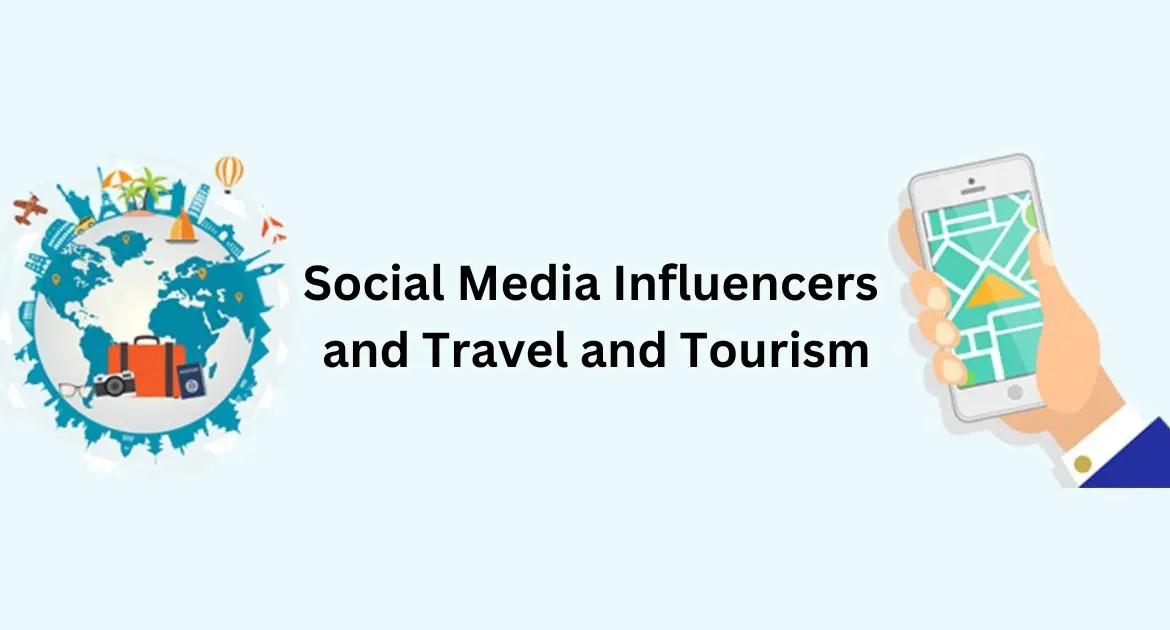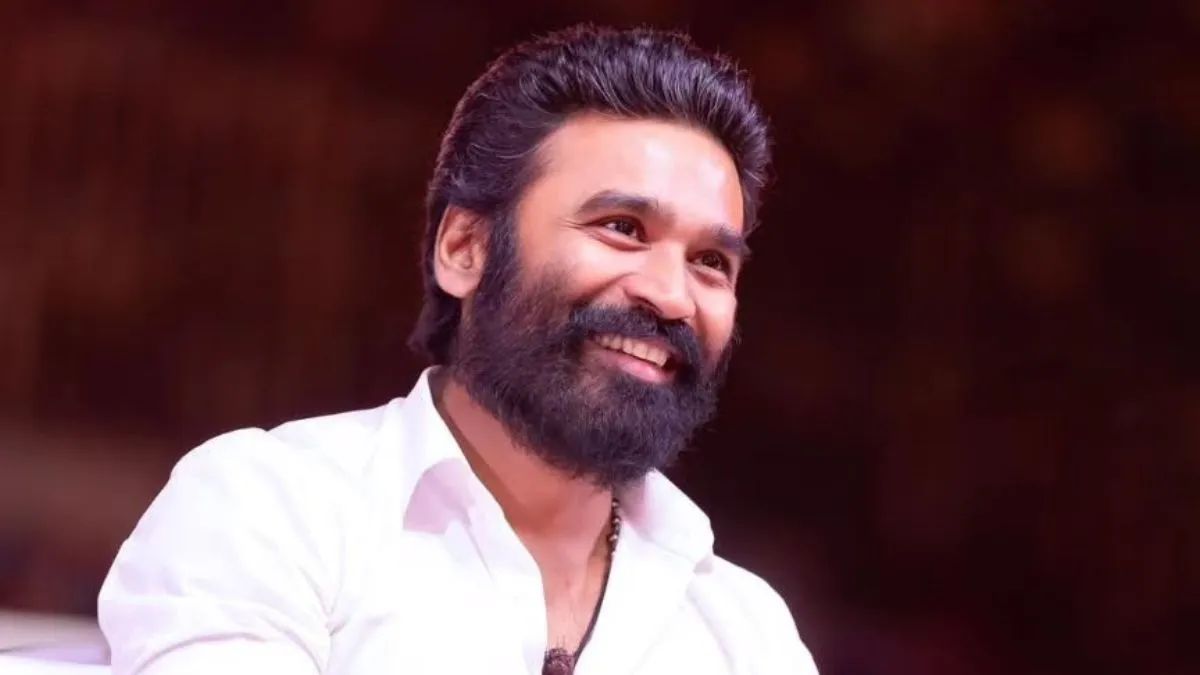 Image Source: St. Teresa’s College
Image Source: St. Teresa’s College
India’s tourism sector is undergoing a dynamic transformation through the strategic hiring of social media influencers, who are playing an unprecedented role in inspiring travel, rebuilding trust post-pandemic, and spotlighting new destinations in 2025. Influencer marketing, characterized by authentic storytelling and direct engagement, is emerging as a cornerstone of India’s tourism promotion, amplifying the reach and appeal of the country’s vast and diverse travel offerings.
Key Highlights: The Influencer Impact on Indian Tourism Promotion
Social media influencers have become vital catalysts for tourism growth by presenting Indian destinations through personal narratives, vivid photography, and immersive videos. Their genuine content resonates deeply with audiences, replacing traditional advertisements by building trustworthy relationships with potential travelers.
Research shows that 50% of Indian travelers now rely on influencers’ recommendations when choosing their destinations—a figure well above the global average—particularly among millennials and Gen Z, who seek authenticity and experiential validation before booking trips.
Influencer collaborations help revive both popular and offbeat locations, driving traffic to lesser-known areas such as Ziro Valley (Arunachal Pradesh), Majuli (Assam), and Tawang, expanding tourism beyond conventional hotspots like Goa and Jaipur.
Campaigns emphasize safety and health protocols in a post-COVID world, with influencers showcasing sanitized accommodations, travel processes, and adherence to government norms to rebuild traveler confidence.
Domestic tourism promotion has been strengthened by influencers under government-endorsed programs like #DekhoApnaDesh, motivating Indians to rediscover regional cultural and natural treasures, aiding recovery of local economies.
Strategies and Approaches in Influencer Engagement
Tourism bodies and hospitality brands partner with niche travel content creators who align with their vision and values, ensuring authenticity and enhancing credibility among target markets.
Visual storytelling through short-form videos—TikTok reels, Instagram stories, YouTube shorts—and even VR/AR experiences enable audiences to preview destinations vividly and emotionally, prompting higher engagement and conversions.
Influencers increasingly promote sustainable tourism practices such as eco-friendly stays, carbon-neutral tours, and community-based tourism, aligning with the rising traveler preference for responsible exploration.
Personalized travel content targeting wellness, adventure, luxury, and solo travel segments helps brands connect with diverse consumer aspirations, facilitating customized offerings that meet evolving market demands.
Smaller regional influencers and micro-influencers get spotlighted to better reach vernacular and local language audiences, expanding the inclusivity and penetration of tourism promotions.
Economic and Social Outcomes
The adoption of influencer marketing contributed to measurable surges in tourist footfall and booking volumes, exemplified by Kerala Tourism’s influencer-led campaigns that successfully revived the state’s vacation appeal post-pandemic.
These marketing initiatives generate substantial returns, with the Indian influencer marketing sector expected to reach ₹2,200 crores by 2025, fuelled by increased brand budgets focused on digital channels.
Influencer-driven tourism marketing creates employment in content creation, digital marketing, hospitality, and ancillary industries, further catalyzing socioeconomic upliftment.
Promoting lesser-known destinations distributes tourism benefits more equitably, aiding regional development and preserving cultural heritage by fostering responsible visitation.
Challenges and Governance
Ensuring the authenticity and ethical standards of influencer content is critical for sustained trust. Oversight mechanisms and transparent collaborations help maintain credibility and prevent misinformation.
Monitoring ROI and aligning influencer outreach with government tourism objectives requires data analytics, real-time tracking, and adaptive digital strategies, supported by AI-powered tools.
Training influencers on cultural sensitivity, local customs, and accurate messaging ensures respectful and effective promotion of diverse communities.
Future Outlook and Recommendations
The tourism ecosystem will increasingly integrate AI and VR technologies enabling immersive previews and dynamic interaction with potential travelers, spearheaded by influencer campaigns.
Continued investment in influencer partnerships, especially with micro and regional creators, will deepen market penetration and audience engagement.
Policies that incentivize collaboration between tourism boards, local governments, and influencers can amplify social media-driven travel growth sustainably.
Embracing multi-platform content strategies and analytics-driven targeting will further refine campaign effectiveness and visitor conversion rates.
Conclusion
Through strategic hiring and nurturing of social media influencers, India is redefining tourism promotion for a digitally connected era. This approach not only revitalizes the travel sector in a post-pandemic landscape but also democratizes tourism awareness by elevating hidden gems alongside established destinations. The authentic, engaging narratives crafted by influencers inspire millions, fortify traveler confidence, and contribute substantially to India’s vision of sustainable and inclusive tourism expansion.
Sources: InfluencerAct, LinkedIn Amadeus Report
Advertisement
Advertisement




